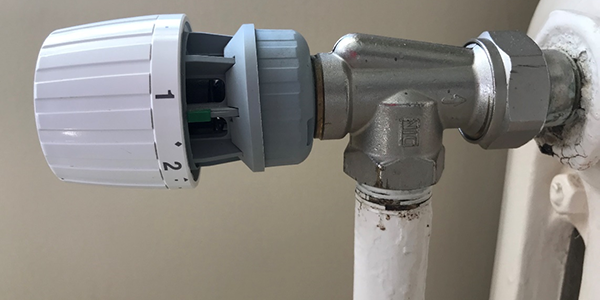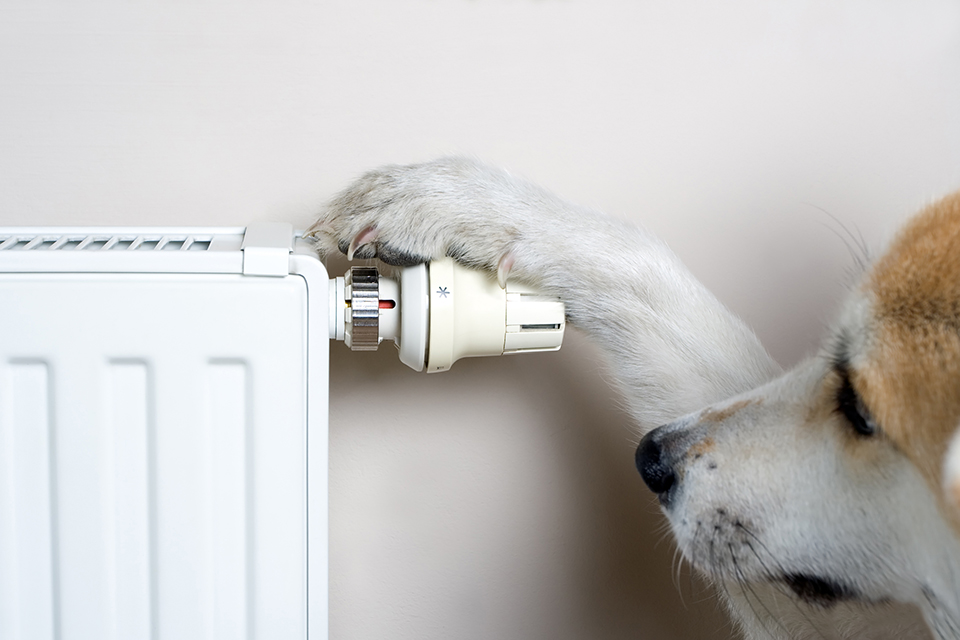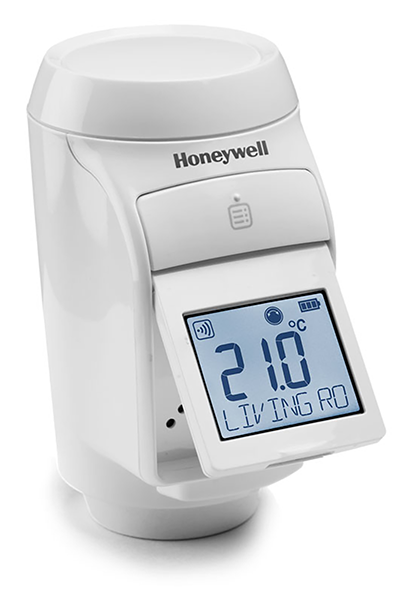The Advantages of Thermostatic Radiator Valves for Older Hot Water Heating Systems
If you have an older home with hot-water heating and only one thermostat for the whole house, maintaining an even temperature can be challenging with some rooms/areas being too hot or too cold relative to others. When the heating system was installed each radiator was connected to one set of pipes which doesn’t allow for individual control. In a finished house it can be hard to re-pipe without a lot of disruption and construction costs, so one solution that may work is the installation of thermostatic control valves (TRVs) at individual radiators.
A TRV is a self-regulating valve that works by changing the flow of hot water to a single radiator. It consists of two parts, the valve head and the valve body, with the head sitting atop the body. When the temperature changes, a capsule in the valve head contracts or expands which moves a pin in the valve body causing it to either open or close.
Traditional TRVs operate without the need for electrical power and are installed by removing the old manual shut-off valve and replacing it with a TRV, which is easily controlled by turning the dial to adjust the temperature. As with many other devices today, there are also electronic “smart” versions available. Known as an eTRV, these valve heads can be powered by batteries or connected to the home’s power supply. They can be programmed with time and temperature settings and there are even versions that can be programmed and controlled with a smartphone app, just like a whole house or zoned system smart thermostat such as a Nest or Honeywell Lyric.
There are two places where TRVs should not be installed – the first is in bathrooms. This is because the heat produced by the bath/shower will cause the TRV to shut off the heat from the radiator, which means it will not be able to fight off condensation. The second place is in the same room where the main heating thermostat is located. The main thermostat is directly linked to the boiler, so by having the TRV in he same room they will fight for control, and if the TRV wins, the heating for the entire house will shut off.
Along with creating a more comfortable and balanced heating environment, thermostatic radiator valves we can save money by reducing wasted heat going into rooms that typically run hot or for rooms that are not used often such as a guest bedroom or bonus room.




Comments are closed.